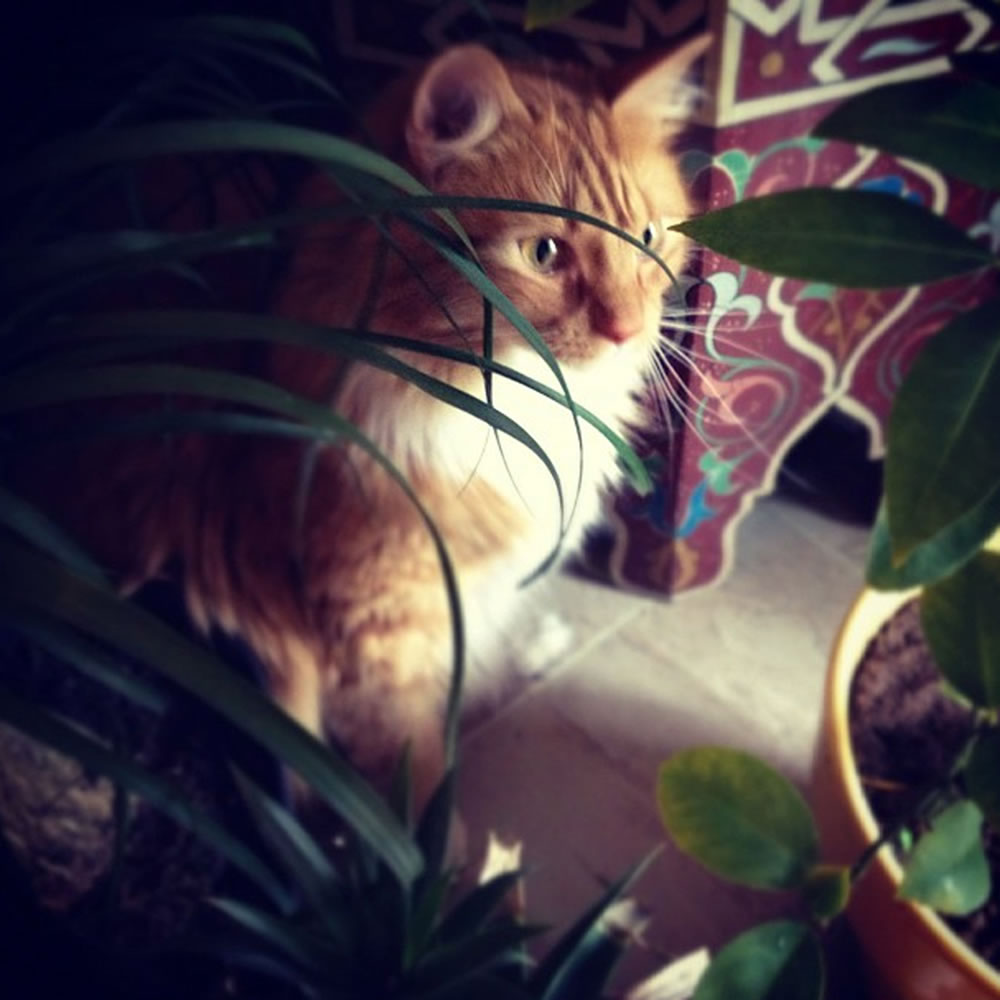Cats are the world’s most popular pets, outnumbering dogs by as many as three to one. This popularity is undoubtedly helped by the fact that cats are simultaneously affectionate and self-reliant: They need virtually no training; they groom themselves; they can be left alone without pining for their owners, but most nonetheless greet us affectionately.
In a word, they are convenient. Science has begun to provide some answers to the most frequent questions about cats. Why are cats so choosy about their objects of affection? And what does it mean when they hold their tail straight up?
In contrast to other domestic animals, cats retain control over their lives. Most go where they please, when they please and, crucially, choose their own mates.
Cats can be very affectionate, but they are choosy. This stems from their evolutionary past: Wildcats are largely solitary and regard most other cats as rivals.
However, the demands of domestication — the need to live with other cats, and then the forming of bonds with people — extended cats’ social repertoire.
Social behavior probably started to evolve as soon as cats began to congregate around granaries. Any cat that maintained its antagonism toward other cats would have put itself at a disadvantage when exploiting this resource.
For domestic cats, my research has shown that the key signal is the straight-up tail. In colonies, when two cats are working out whether to approach each other, one usually raises its tail; if the other is happy to approach, it raises its tail, too. The tail-up signal almost certainly evolved during domestication, arising from a posture wildcat kittens use when greeting their mothers. Adult wildcats do not raise their tails to each other.
Once an exchange of tail-ups has been established, one of two things occurs. Either the cats rub heads, flanks and sometimes still-raised tails before separating, or they engage in mutual grooming, which has profound social significance in many animals.
The most important social skill a cat must learn in order to become a pet is, how to interact with people. Even at the earliest stage of domestication, cats needed humans to protect and feed them when mice were in short supply. The cats that thrived were those that were able to reward people with their company. Yet cats are not born attached to people.
Do cats exposed to humans early have an emotional attachment to their people? We know that they have the capacity to feel affection for other cats, and so it is probable that their attachment to their people is an emotional one.Most owners would say that their cat displays contentment by purring. Purring clearly does occur when a cat is contented, but a purring cat also may be hungry, or mildly anxious. Some continue to purr even when their body language indicates they are angry. Occasionally, cats have also been heard purring when they were in distress or even during the moments before death.
However, other signals, may be more genuine displays of affection. Relationships between adult cats seem to be sustained mainly through mutual licking and rubbing. Many cats lick their owners regularly
Cat owners also engage in a tactile ritual with their pets when they stroke them. Most owners stroke their cats simply because it gives them pleasure and because the cat also seems to enjoy it. But stroking may also have symbolic meaning for the cat.
Many cats do not simply accept stroking passively; they invite people to stroke them by jumping on their laps or rolling over.
While touch is very important, the upright tail is probably the clearest way cats show their affection for us. A cat approaching its owner with a raised tail will often rub on its owner’s legs. The underlying emotion on both sides is undoubtedly affection.



